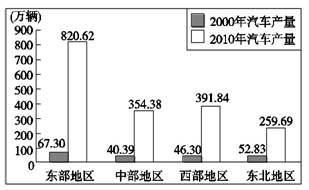"We’re using the wrong word," says Sean Drysdale, a desperate doctor from a rural hospital at Hlabisa in northern KwaZulu-Natal. "This isn’t an epidemic, it’s a disaster. " A recent UNIEF report, which states that almost one-third of Swaziland’s 900,000 people are infected with HIV, the virus that causes AIDS, supports this diagnosis. HIV is spreading faster in southern Africa than anywhere else in the world.
But is anyone paying attention Despite the fact that most of the world’s 33.5 million HIV/AIDS cases are in sub-Saharan Africa—with an additional 4 million infected each year—the priorities at last week’s Organization of African Unity summit were conflict resolution and economies development. Yet the epidemic could have a greater effect on economic development—or, rather, the lack of it—than many politicians suspect.
While business leaders are more concerned about the 2K millennium bug than the long-term effect of AIDS, statistics show that the workfare in South Africa, for instance, is likely to be 20% HIV positive by next year. Medical officials and researchers warn that not a single country in the region has a cohesive government strategy to tackle the crisis.
The way managers address AIDS in the workplace will determine whether their companies survive the first decade of the 21st century, says Deane Moore, an actuary for South Africa’s Metropolitan Life Insurance Company. Moore estimates that in South Africa there will be 580,000 new AIDS cases a year and a life expectancy of just 38 by 2010. "We’ll be back to the Middle Ages," says Drysdale, whose hospital is in one of the areas in South Africa with the highest rates of HIV infection. "The graph is heading toward the vertical. And yet people are still not taking it seriously. "
Most southern African countries are simply too poor to supply more than basic health services, let alone medicines, to confront the crisis. Patients in some government hospitals in Harare have to supply their own bedding, food, drugs and, in some cases, even their own nurses. Zimbabwe’s frail domestic economy depends to a large extent on informal enterprises and small businesses, many of which are going bankrupt as AIDS takes its toll on owners and employees. "The ripple effect is devastating," says Harare AIDS researcher Rene Loewenson.
More ominous are the implications for South Africa with a sophisticated industrial infrastructure as well as a widespread informal sector. While the South African government is active in promoting AIDS education, it hasn’t the money, manpower or material to cope with the attack of AIDS.
What does the sentence "We’re using the wrong word" in Paragraph 1 mean()
A. The words "epidemic" and "disaster" are misspelled in the UNIEF report
B. The word "epidemic" is not severe enough to describe the situation
C. The word "disaster" is too severe to describe the situation
D. The word "diagnosis" is left out by some unknown reason


